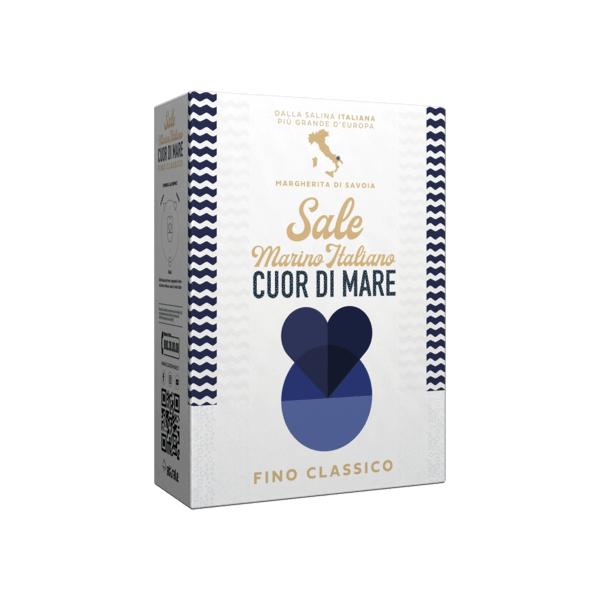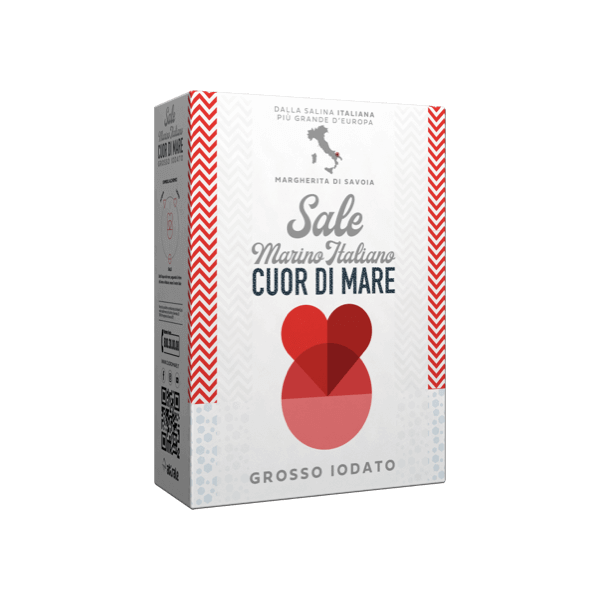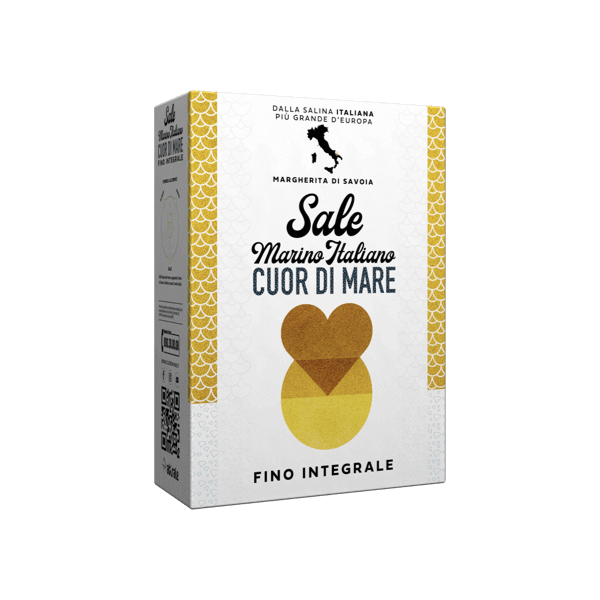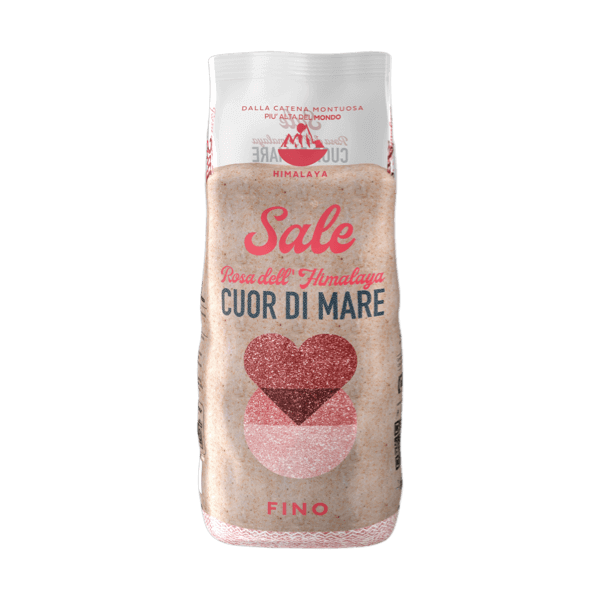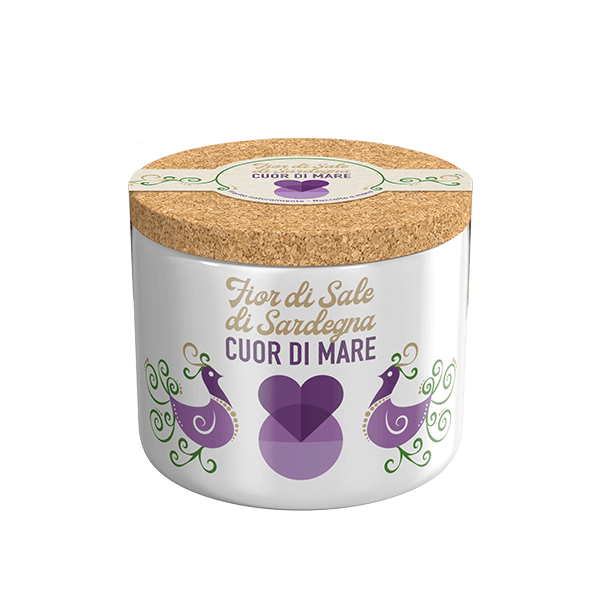

The Magic of Salt
CULTIVATION AND
HARVESTING
The “Cultivation” of sea salt, handed down over the centuries by the salt workers, has a cyclic collection method lasting five years, in order to have a salt crust about 50 cm thick in each pond.
Evaporation Ponds
The virgin sea water is introduced into large evaporating ponds (3,500 hectares) located along the coast, where, thanks to the joint action of sun and wind, it evaporates, increasing the salt concentration.
Concentrating Ponds
From here the water passes into the concentrating ponds (500 hectares) in which it reaches the saturation limit (25.7 degrees Baumé) obtaining the precipitation of the Sodium Chloride (NaCl) crystal. This area of the salt pan is characterised by the water's colour ranging from pink to brick red.
Salt Crystals
With the beginning of the salt production, the sluices of the basins are open and emptied of the so-called “coat” of saturated water, useful for protecting the salt from bad weather. Then the salt crust comes to the surface and it is left to dry. Once they are harvested, the crystals are washed with the same saturated water, centrifuged and dried at 220°.
Sieving and Packaging
Now the salt is ready for sieving, that is the separation of crystals according to their grain size (over filtration, coarse, medium 2.54, medium, fine). After that it is packaged and stored. The product is finally ready to be marketed through an efficient distribution network.
Glossary of
Controlled Supply Chain
After harvesting, salt is piled up in huge heaps, in special outdoor storage areas, where it begins to release residual moisture.
It is the last link of the evaporating chain. Here the water, rich in sodium chloride, makes the salt precipitate on the seabed, creating the purest crystals.
The water goes from pond to pond (the so-called “cultivation ponds”) gradually increasing its salt concentration.
Sea water is collected in a series of open-air ponds.
This step can occur in a natural way, according to the ancient salt tradition, or in a mechanical way, with the help of specific machinery.
If necessary, potassium iodate is added to the salt through a nebulisation process that sprinkles the crystals of the liquid element, as agreed with the Ministry of Health.
The salt is packaged in different formats and packs, depending on the retail channel and the intended use.
They are divided into:
- Evaporation ponds, where the saline solution concentrates.
- Concentrating ponds, where salt precipitates.
Indicates the phenomenon of the separation in the form of a solid of a solute (called precipitate) found in a solution in a greater concentration than its solubility limit, [1] for which the solution, before precipitation occurs, is in supersaturation with respect to this solute.
Plant for the extraction of salt from sea water (sodium chloride and small quantities of other salts), consisting of an area of flat, impermeable land, divided into a series of ponds, where sea water, evaporating, deposits the salts dissolved in it.
It is the sodium salt of hydrochloric acid and is the main element of common table salt.
the crystals are selected and divided according to their grain size (extra fine, fine, medium and coarse), passing through metal meshes whose diameter varies depending on the size of the grains needed.
The salt is transferred inside the production plant to continue its process.
A logistics network for road transport on a national level finally brings our products to big supermarket chains, discount stores, cash & carry, and Italian industries.
The salt is washed with saturated water (production water) to eliminate potential impurities, without changing its organoleptic characteristics, it goes through a centrifugation process and is dried through a fluidised bed equipment, to reduce its humidity to 0,05%.


